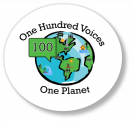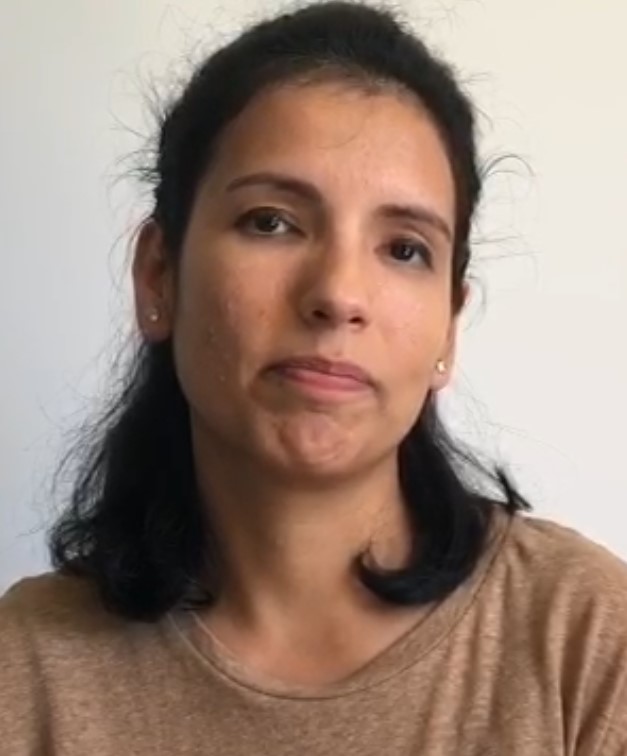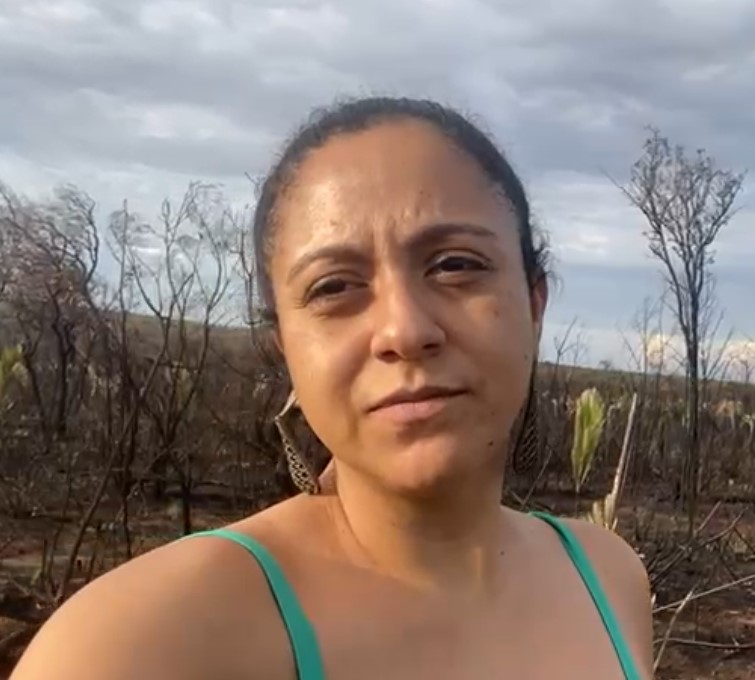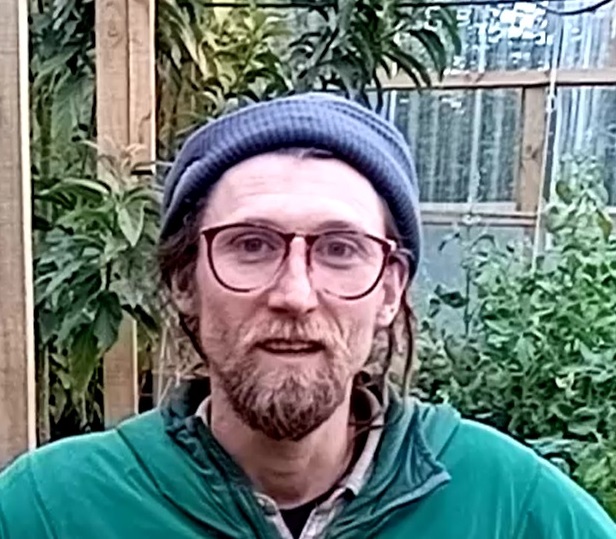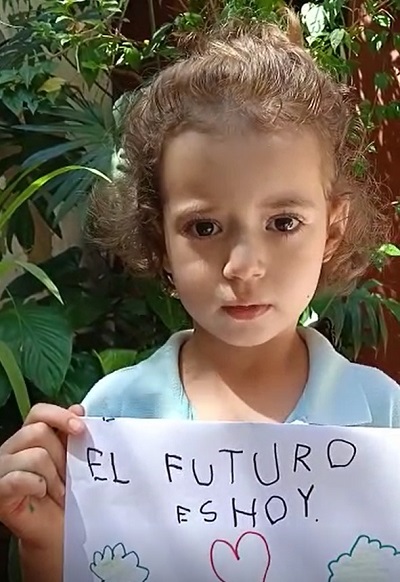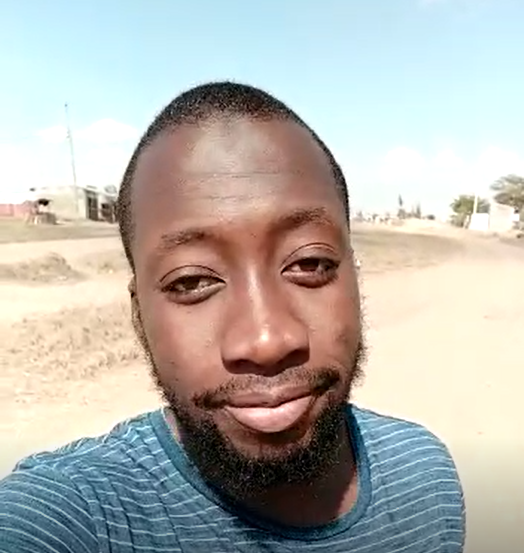Voice of the Month
Our Voice of August: Australia!
Australia is not only home to kangaroos and koalas, but also a continent of dramatic natural contrasts, including tropical rainforests, alpine snow fields and mighty deserts. The population ofAustralia wants to protect this earthly paradise at all costs. Privanka being Australian takes a stand, and as our voice of the month, describes how climate change has impacted the continent’s flora and fauna.
The island’s temperature has risen on average by more than 1.4 °C since national records began in 1910. Since the 1950s, there has also been an increase in the likelihood of wildfires, and duration of dry periods across large parts of Australia, especially in the South. In particular, Privanka points out bushfires which are caused by four main factors: Fuel load -amount of vegetation or other fuel that’s present in the landscape-, fuel dryness, weather and ignition by human behaviour. Changes in rainfall, air temperature and atmospheric moisture induced by climate change may exacerbate landscape drying.
Global warming has also disrupted Australia’s fauna and ecosystem. One vivid example is the death of small native birds called tree martins due to a phenomenon called the summer cold snap. Another vital part of Australia’s ecosystem is the marine life supporting 4.000 different types of fish and 1.700 different species of coral. Nonetheless, with the average sea surface temperature warming up by 1 °C since 1900 and extensive coral bleaching,coral mortality has become widespread.
Hence, we all can agree on one thing: Australia is very rich in biodiversity and is in need of protection. The Australian government is working to reduce emissions by: upgrading the electricity grid to support more renewable power, reducing the price of electric vehicles, helping the land and agriculture sector reduce greenhouse gas emissions and negotiating to meet Australia’s obligations under the Paris Agreement. In practice however, Australian emissions will be only 16% lower than 2005 levels in 2030, according to projections published in December. In addition to this, the country is one of the world’s biggest per capita greenhouse gas emitters, and there’s been a long-running debate about the country’s approach to climate change. Scientists around the world are closely observing climate change politics in Australia in the hopes of seeing actual changes and not only hearing promises…
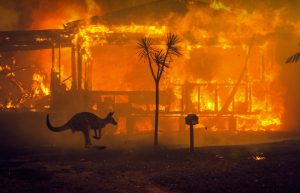
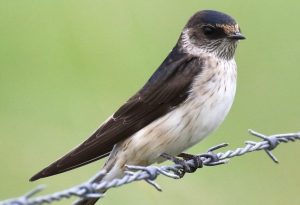
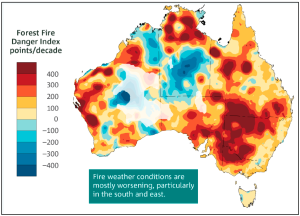
Our Voice of January: Iran!
For many, the Summer of 22 was deemed as a period of economic, but also political and social unrest; Iran being in the epicenter of this turmoil. Economic crisis, lack of freedom of expression, ignoring women’s rights and killings of people have engraved the Iranian society. Coupled with that, the country is experiencing unprecedented climate change related problems. Ali, representing our Voice of the Month, faces many of these issues in his daily routine in Mashhad, Iran.
Mashhad is one of the largest cities in Iran, a country which has a population of 86 million and is a resource-rich nation with enormous reserves of oil and gas, as well as considerable renewable energy potential. With about 80% of the country having an arid or semi-arid climate, Iran is facing numerous climate hazards. Within the coming decades, studies predict that Iran will see a further increase of 2.6 ºC of mean temperatures and a 35% decrease in precipitation. Furthermore, estimation models indicate an oxymoronic increase in the concentration of precipitation painting a destructive future: an increase in drought periods combined with extreme flooding events. For instance, multiple lakes are becoming either significantly smaller or completely dried up. In addition to this, Iran is in the midst of a water crisis due to the fact that about 90% of Iran’s water is used for agricultural purposes.
In the wake of all these problems, Iranian leaders have started to recognize climate change as a serious threat. Until now, Iran has ratified the Desertification treaty, the Endangered Species treaty, the Hazardous Waste treaty and some other treaties that are aimed at preserving environmental integrity on a global scale. However, in the case of the Paris Agreement, Iran remains one of the four countries that have not ratified it. This lack of legally binding commitment, in part, is due to the country’s weak economy that has been significantly affected by US sanctions. On the one hand, sanctions have affected the environment in Iran through the country’s oil and gas industry restricting its ability to modernize and upgrade its oil and gas infrastructure. This increases pollution and environmental degradation. On the other hand, sanctions have not caused Iran’s environmental problems, and lifting them will not resolve these problems that have resulted from the past decades.
While Iran’s response to climate change depends on a conservative government that tends to prioritize its economy over the environment, international sanctions imposed to halt its nuclear programme also hinder more ambitious climate action. Yet solutions to the climate crisis require international cooperation and coordination. Losing this battle will not only be costly for Iranians like Ali, but also for the rest of the world.

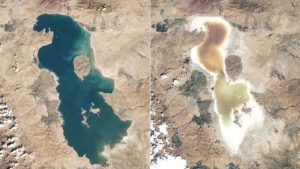
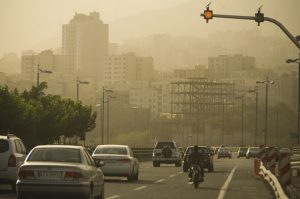
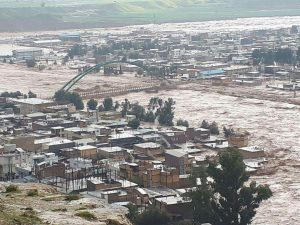

Our Voice of November: Brazil!
Brazil, a home to the Amazon Basin, biodiverse ecosystems and diverse wildlife. It is classified among the world’s megadiverse countries containing two biodiversity hotspots(the Atlantic and the Cerrado), six terrestrial biomes and three large marine ecosystems. The Amazon, occupying 60 percent of Brazil’s territory also known as the green lungs of the world, absorbs and stores huge amounts of carbon dioxide. Yet, Brazil’s greenhouse emissions per person are higher than the global average.
Our voice of the month, Julia from the central West of Brazil, reports about the deteriorating situation in the Cerrado. The Cerrado is the second largest biome in Brazil and one of the richest in plant and animal diversity. The main threat to biodiversity there is that the land is used for cattle farming and monocultures, which alters the ecosystem’s ecology significantly. More specifically, 80% of the Cerrado has been devastated by those businesses. In the dry months of the year, the area is now up to 4 degrees Celsius warmer than it was in the 1960s.
This past month, October 2022, deforestation in the Brazilian Amazon rainforest broke the monthly record, with the destruction of 904 square kilometers. Deforestation in the Amazon has surged under Bolsonaro, last year reaching the highest level in 15 years.
Nowadays 67-year-old Lula has won the presidency and climate activists hope that the country will be able to put an end to the Amazon’s deforestation and bring Brazil back on track to fight the climate crisis. Lula confirmed he would attend the COP27 climate summit in Egypt now in November. Citizens such as Julia remain hopeful that those loud noises of chainsaws and trucks, driving over the blanket of dead leaves, will cease and the sky of their homes will appear blue again…
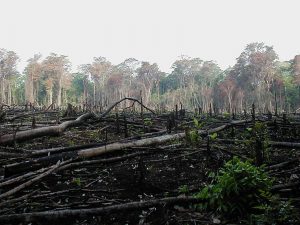
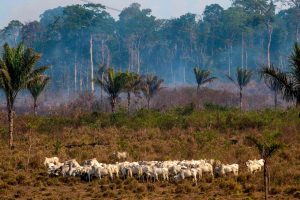
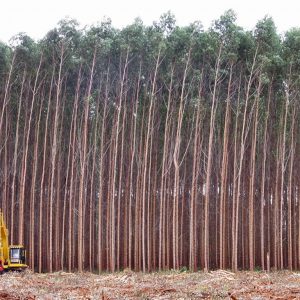
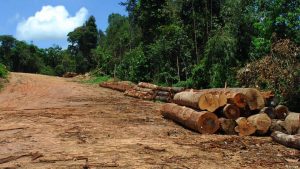
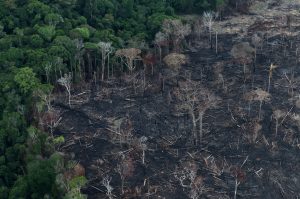
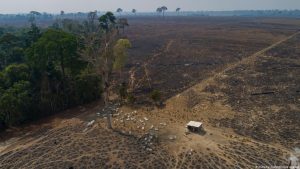
Our Voice of July: Zimbabwe!
Zimbabwe is a landlocked country located in Southeast Asia with a landscape dominated by tropical grasslands. With a population of about 15 million people, the country is home to many different ethnicities, cultures and languages. On the whole, Zimbabwe’s population is quite young, with more than two-thirds under age 29.
Since 1987, the country has witnessed its six warmest years ever recorded. As a consequence, Zimbabwe is experiencing extreme weather outside the natural variability of the African climate. With more frequent periods of drought and changing patterns of rainfall, the population suffers from decreased freshwater and biodiversity. As highlighted by Elizabeth, shortages lead to longer distances in the search for safe and clean water for Zimbabwe’s children and youth living in rural areas. Moreover, water levels of Lake Kariba have dropped below 30%. Being Zimbabwe’s main lake, it is used for hydropower production. Hence, water shortages are also closely connected to the country’s access to electricity.
In parallel, water shortages affect food availability. Agriculture is an important productive sector of the country’s economy and generates about 15 percent of the GDP. More than one-half of the total labour force is engaged directly in agricultural activities and therefore, the impacts of climate change risk causing poverty in Zimbabwe.
Across Africa, many national governments are launching programmes to adapt to a changing climate. In the past, Zimbabwe has shown great commitment by being among the first countries to ratify the United Nations Framework Convention on Climate Change. Yet despite its support for climate issues, the country struggles with access to funding for adaptation projects. It is upon developed countries to assist African countries like Zimbabwe in developing and implementing mechanisms such as disaster risk management strategies or new approaches to farming.
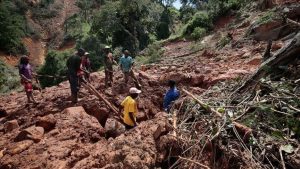
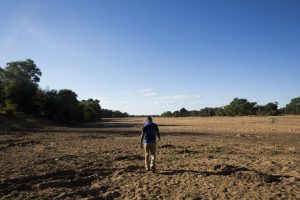
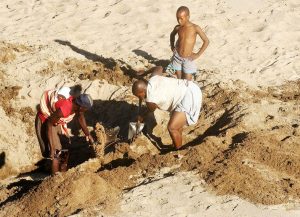
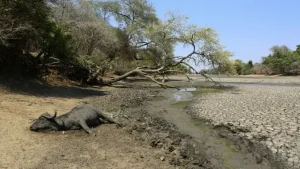
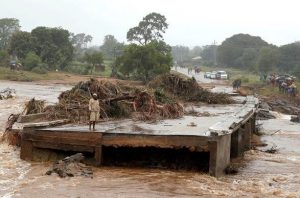
Do you want to participate?
Contact us

Check out the Video!
If the multifold disasters aggravated and caused by the climate crisis continue to hold the country back, Pakistan won’t be able to grow as they did for the last 70 years and this will risk the lives and livelihoods of the increasing population.
Our Voice of June: Pakistan!
Our voice of the month is from Ikramullah, a 24-year-old electrical engineer, from Pakistan. Pakistan is a populous multiethnic country, and geographically bounded by its neighboring countries Iran, Afghanistan and China as well as the Arabian Sea. Since achieving independence in 1947, Pakistan has sustained a steady growth rate. Although agriculture is no longer the largest sector of the country’s economy, it still contributes one-fifth to the total GDP.
Like many other Southern Asian countries, Pakistan could not avoid the multifold impacts of the climate crisis. Our voice witnesses rising water levels from 300 feet to 900 feet, which is 3 times higher than before. Resulting in severe floods, the agricultural industry of the area is harmed, including many crops and apple tree fields. At the same time, the amount of the yearly rain and snow decreases, which has already led to devastating droughts in the last couple of years.

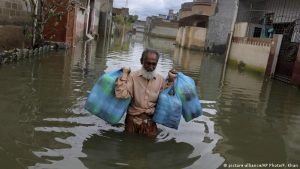
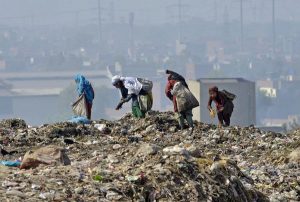
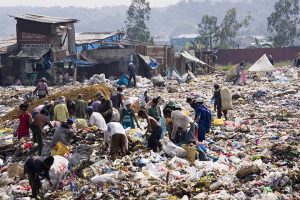
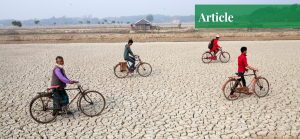
Our Voice of April:
Hungary!
Geographically, Hungary lies within the drainage basin of the Danube. Today, the country in the middle of Europe is home to about 10 million people. Its regular seasonal floods and the favourable climate enabled the people to live mostly agrarian life prior to World War II. Our voice of the month, Zoli, warns how the climate crisis changes this.
Although the agricultural sector now makes up only a one-digit percentage of the total GDP, it is large enough to keep Hungary self-sufficient in food production. According to Zoli, 60% of the land is used for agricultural purposes. Furthermore, one-tenth of the country’s total area is under permanent cultivation.
When thinking of Hungary, many picture the golden reflections of the Hungarian Parliament and many other gorgeous landmarks on the Danube River. However, the water level of the Danube has been continuously dropping for the last decades, and with many other struggles, the production cost in agriculture gets higher. If the climate crisis continues, much of the land and the people will suffer. Their voices should be heard!
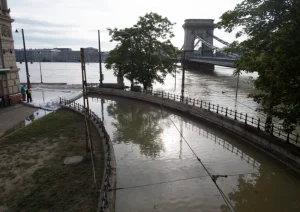
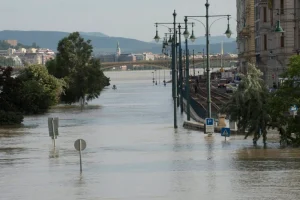
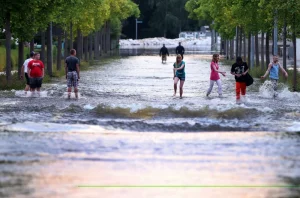
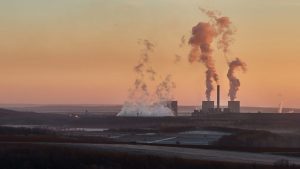
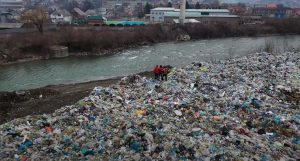
Our Voice of February: Dominican Republic!
The Dominican Republic shares the Caribbean Island of Hispaniola with Haiti. It is the second-largest nation in the Antilles by area (after Cuba) at 48,671 square kilometres, and third-largest by population. The economy is based largely on services (including tourism and finance), trade, manufacturing, telecommunications, and agriculture.
However, the Dominican Republic was ranked the 11th most vulnerable country in the world for climate change in 2017. As mentioned by our voice, increasing floods and landslides threaten the tourists and coastal service facilities, and damage fisheries by being located in the centre of a hurricane belt. At the same time, the arid parts of the northwest are experiencing higher temperatures leading to more drought, which drops crop yields and water supplies.
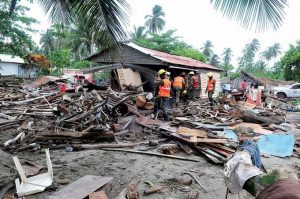
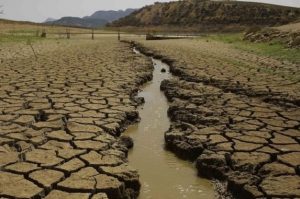
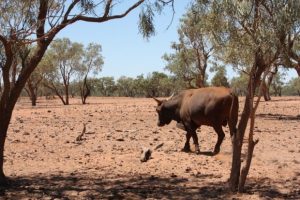
Do you want to participate?
Contact us

Check out the Video!
Our Voice of November:
Bulgaria!
Bulgaria is one of the Balkan countries encompassing diverse landscapes such as Black Sea coast lines, mountainous interior, and rivers including Danube. It is well known for their beautiful vacation spots with well-preserved old ruins. Also, it has been EU member country since 2007 with around 7 million of population.
Like any other countries, Bulgaria is not free from the climate change. Our voice of the month experiences that there are now two seasons instead of four distinguishable seasons. In extreme cases, such change turned into floods, prolonging heat waves and droughts.
According to an assessment done in 2020, 61% of Bulgarians want their governments to act on the climate change, just like our voice from Bulgaria. However, mid this year, the government did not even join the European Union’s Climate Low to reduce greenhouse emissions by 55 per cent (compared to 1990 levels) by 2030 and reach climate neutrality in the next 30 years. Our voice highly worries about this denial of climate change by the Bulgarian population and its government.
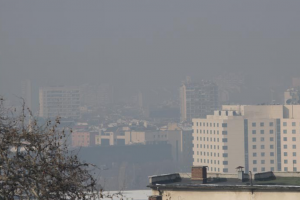
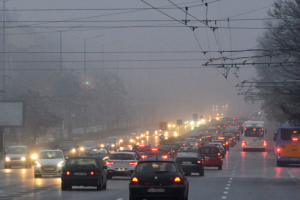
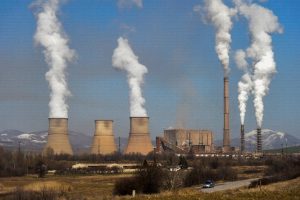
There is still time for us to take action though, and this will involve more finances and efforts being directed into adaptation and building resilience – one of the main goals of the recent COP26 talks. But we cannot just sit around and wait for action, we must, as Mitzi highlights in her message ‘rise up and fight!’.
Our Voice of October:
Philippines!
Our voice of the month comes from Mitzi Jonelle Tan, a full time climate justice activist from the Philippines fighting to amplify voices on climate change from the Global South.
The unique geography of the Philippines which is made up of thousands of islands – 7,640 to be specific – has resulted in it being one of the most vulnerable countries to the impacts of climate change globally. While already quite prone to extreme weather events such as typhoons – warming temperatures and a surrounding sea level that’s rising faster than the global average are simultaneously increasing the intensity of these events.
In 2013 Super Typhoon Yolanda, one of the most powerful typhoons ever recorded in the region, made landfall leaving millions displaced and over 6000 people dead. However, typhoons are not the only threat this Southeast Asian nation faces due to climate change. With so many islands, and so many people living on these islands that are heavily dependent on natural resources such as fish for their livelihoods, storm surges, flooding and the devastating effects of climate change on these resources means a significant percentage of the nations residents may be facing a future of food insecurity, loss of property and displacement.
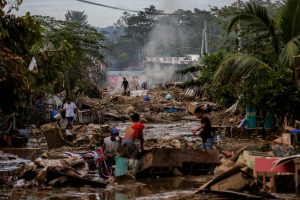
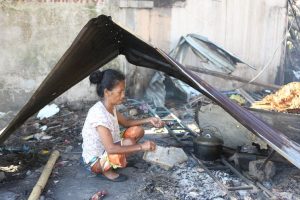
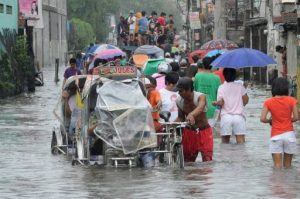
To deal with biodiversity loss, the Chilean government participates in the Paris Agreement, and many local initiatives are in action to implement nature-based solutions to mitigate the impact of climate change and preserve species. To keep the legends of the trees alive longer, it is time for bold actions, as Cristian says.
Our Voice of September:
Chile!
Chile is well known for its long narrow shape along the western coast of South America. Even though the Andes dominates the overall landscape, the country encompasses a wide range of different climates including deserts, tropic, and cold subantarctic. Therefore, it is heavily exposed to all kinds of extreme natural events: volcanic eruptions, earthquakes, tsunami, winter storms, and droughts. All these are expected to get more frequent and unpredictable due to climate change. The vulnerability further threatens agriculture, which is a priority sector of the Chilean economy, making irrigation and climate adaptation trickier.
Our voice of the month is Cristian, a farmer from Puerto Gaudal, Chile. Chile is a well-known global biodiversity hotspot possessing around 30,000 species while 25% are endemic. Next to a changing climate, some of the major threatening factors to biodiversity are exploitative agriculture and forestry industry with urbanization. He shares what he has witnessed as a farmer in ‘Coihue’ forest and warns of the severe dangers to biodiversity. Coihue is a type of tree that can be found in the Andean-Patagonian forests. Creating untimely landscapes, some of them remain over centuries and become monumental trees delivering many legends over the generations. However, now these trees are under the severe threat of dying out.
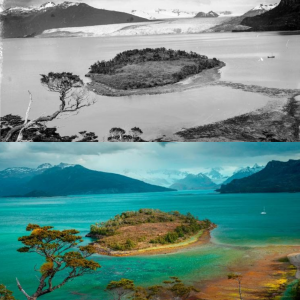
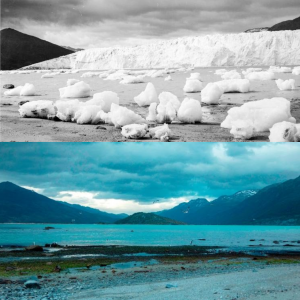
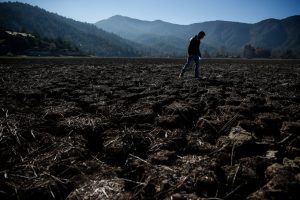
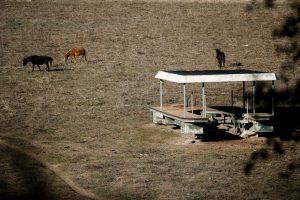
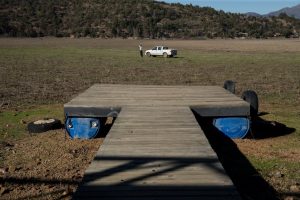
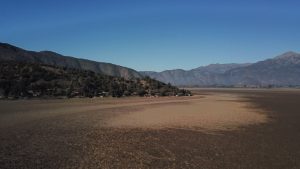
Do you want to participate?
Contact us

Check out the Video!
To put the economy on a climate-neutral pathway, Greece recently increased its climate ambition for 2030 and developed a long-term vision towards climate resilience. However, to avoid the destruction of infrastructure, loss of property and loss of human life that Constantinos is worried about, the country needs to implement more ambitious and immediate actions.
Our Voice of August:
Greece!
Greece is located in the Mediterranean region and has a very complex topography. A large proportion of the country’s landscape is characterized by an extensive coastline and agricultural land accounts for one-fourth of the total land area. These unique characteristics strongly depend on the country’s climate conditions.
In the past 60 years, Greece’s mean annual temperature has been rising. Constantinos, an 80-year-old Greek physicist and our Voice of the Month of August 2021, observes first-hand that the climate has become significantly warmer with prolonged heat waves, less rainfall and thus an increasing likelihood of extreme weather events like the recent wildfires.
Although many dry and sunny days are the norm for the Greek summer, changes in the country’s climate do have a significant impact on people’s lives and livelihoods. Seaside tourism is a vital driver of the Greek economy but because this sector is nature-based, it is highly vulnerable to climate change. For example, a rise in Greece’s average sea level is increasingly endangering the country’s coastline.
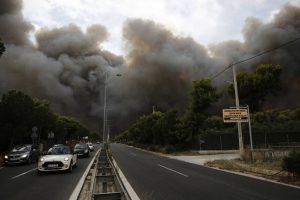

Our Voice of July:
Paraguay!
Despite being landlocked between Argentina, Bolivia and Brazil, Paraguay is often referred to as ‘an island surrounded by land’ because of the abundance of water that makes up its geography. Vast wetlands make up at least 30% of the country, and two-thirds of the nations borders are formed by rivers.
This unique topography, as well as an abundance of resources, has manifested into an economic reliance on commodity production for the country – such as from agriculture and livestock – as well hydroelectric energy. However the dependance on these very sectors, are what make Paraguay highly vulnerable to climate change.
Adaptation across various sectors, including those determined to be the most vulnerable (such as those mentioned above), have been made a priority in the countries National Development Plan (2014- 2030), but it is not enough for one country to act alone. What we need to ensure the future of those countries most vulnerable to climate change such as Paraguay, is strong collective global action, and we need it now, because ‘el futuro es hoy’ – the future is today.
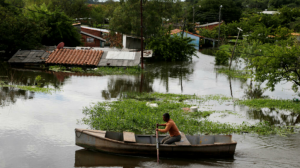
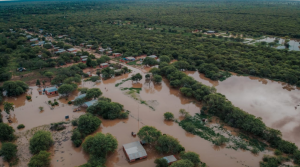
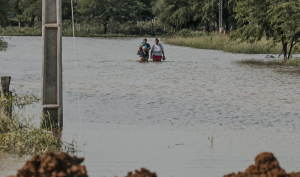
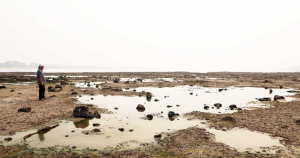
Our Voice of June:
Kenya!
Our voice of the month comes from Ibrahim, a filmmaker from Kenya. As of 2018, Kenya ranked as the 7th most vulnerable country to climate change according to the German Watch Climate Risk Index for 2020, this despite the fact that Kenya’s per capita greenhouse gas emissions are less than half the global average.
Droughts, food insecurity, and violent conflict are already, and without mitigation – will continue to be increasing problems for the country which is home to over 52 million people – all directly as a result of climate change. For Ibrahim, it is unclear what the future holds for his country, but he, like many of us, continues to hold on to a hope of better things to come, because there is hope to be had, we just have to act, and we have to act now.
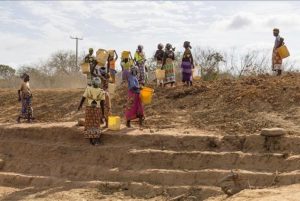
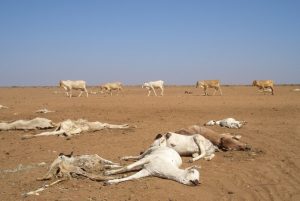
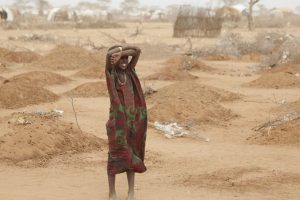
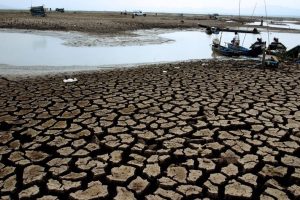
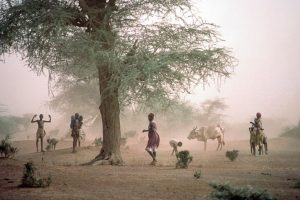
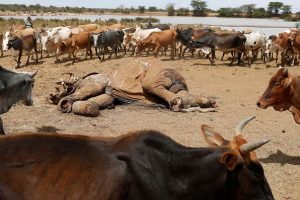
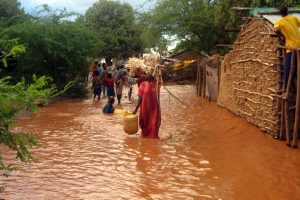
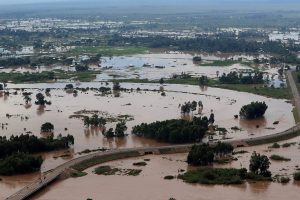
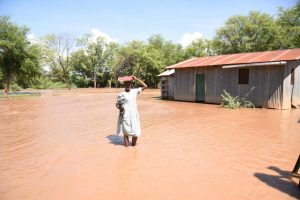
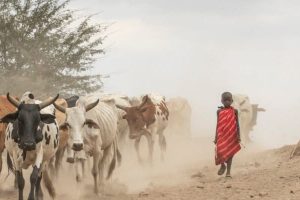
Sources: Flickr/Oxfam International from Climate Home News (2017); Financial Tribune (2017); The Spectator (2020); Vanguard (2020); Afrik21 (2021); Alliance for Science (2021)
